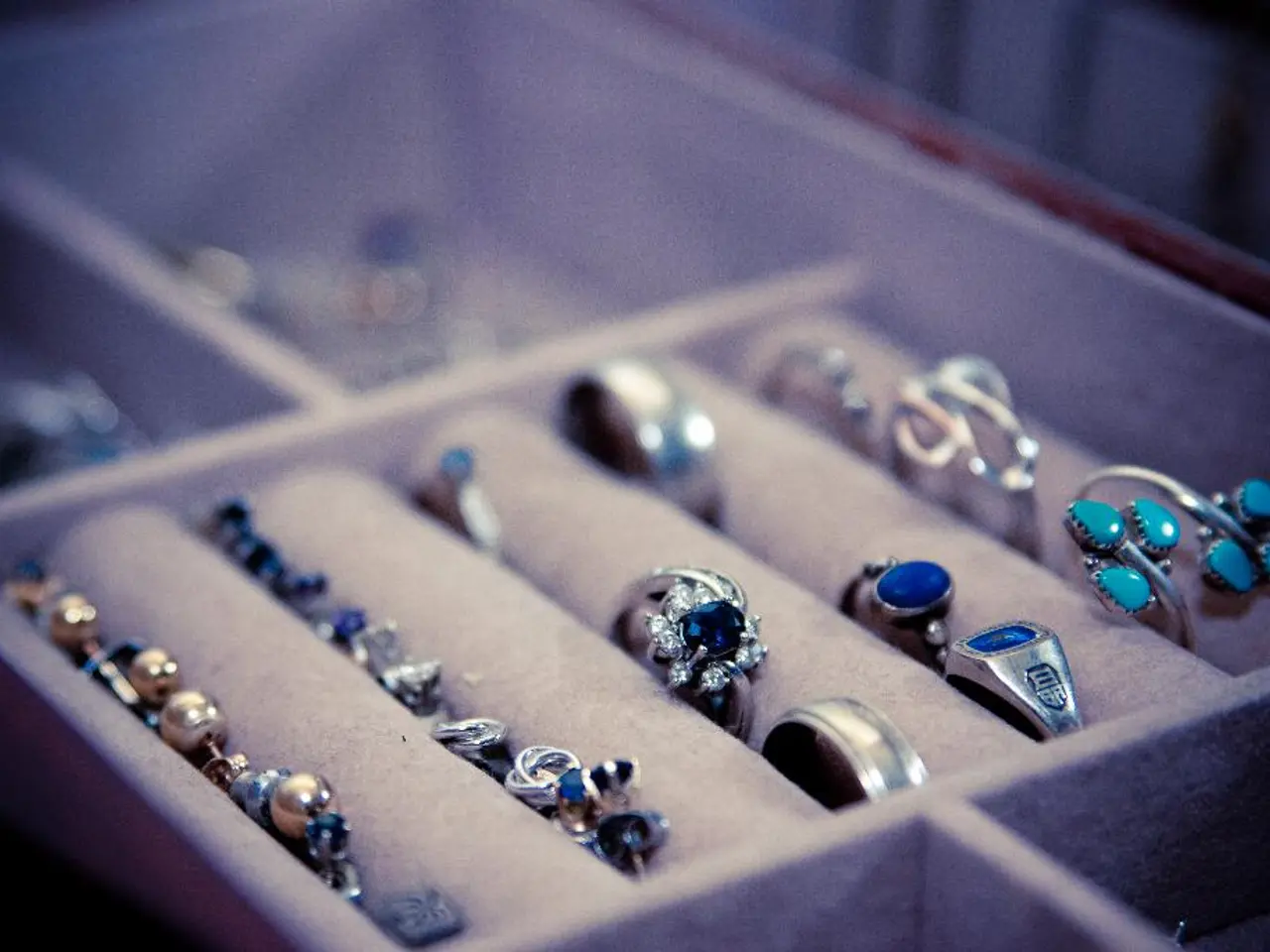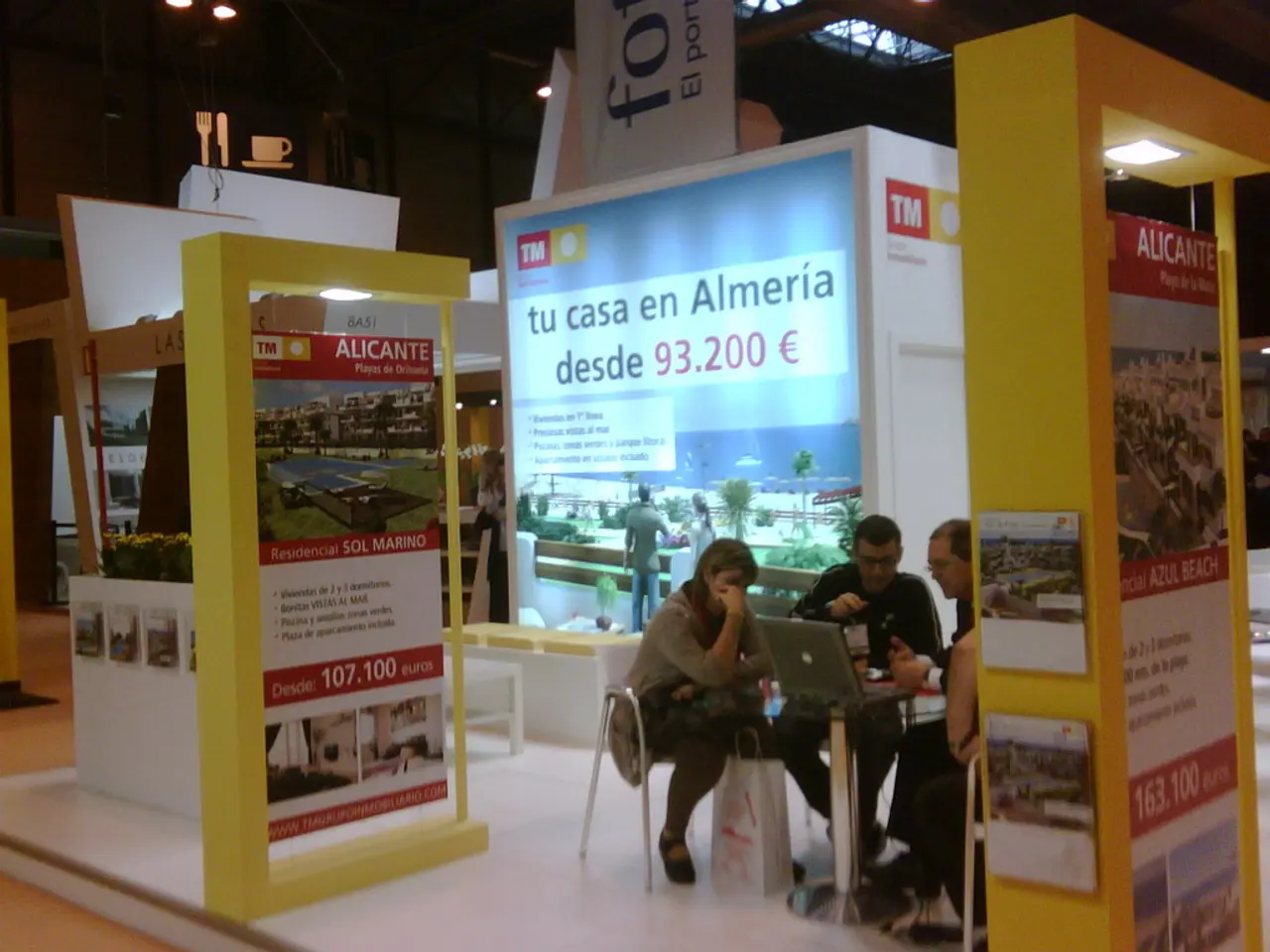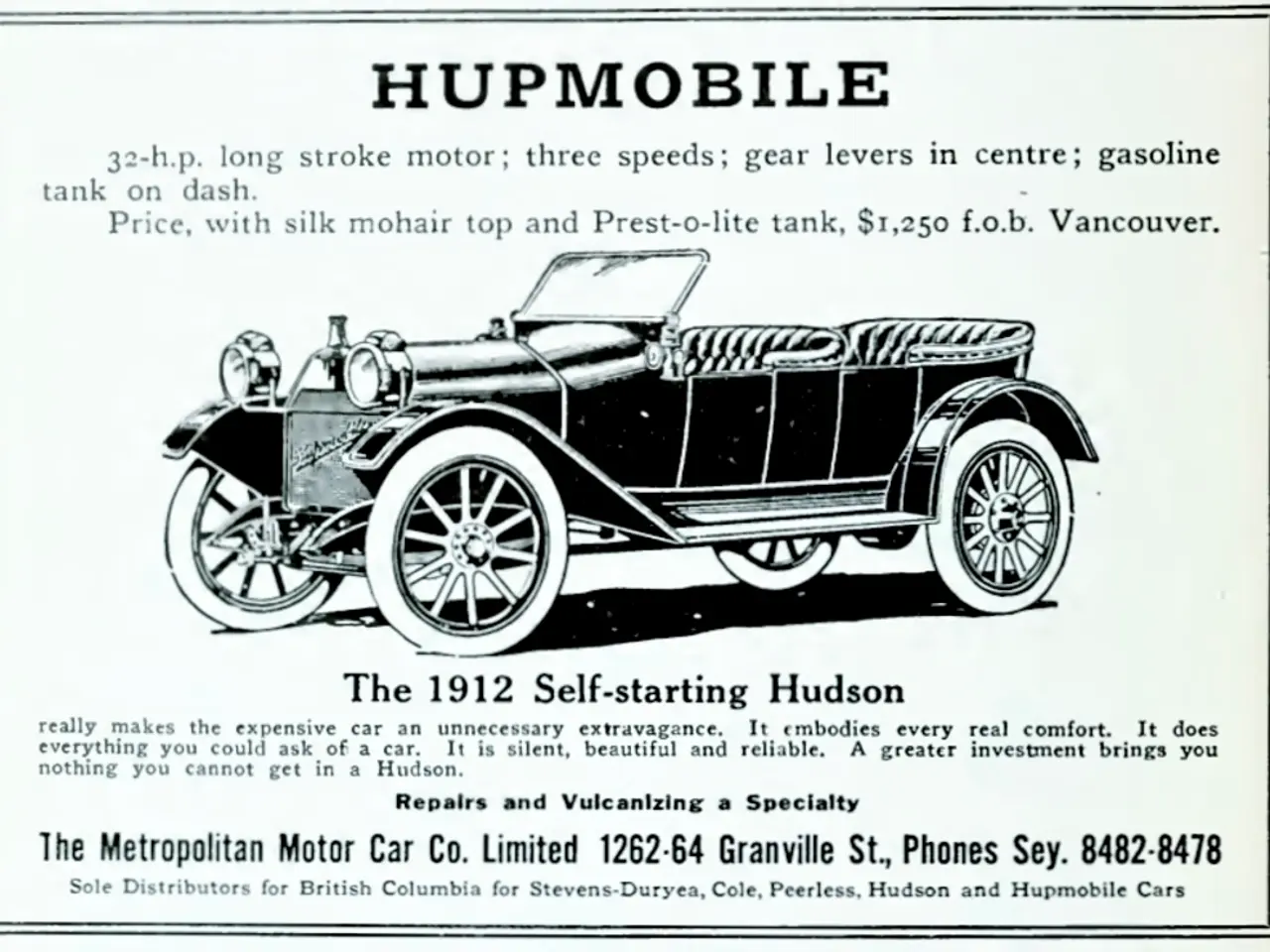2025 One Hertz Challenge: A Ring Oscillator Might Have Been More Suitable
In the world of electronics, ring oscillators are often used as simple, visible timing devices that create rhythmic light patterns and experimental visual effects. One such project that showcases this is the One Hertz Sculpture, a ring oscillator circuit that has entered the One Hertz Challenge.
Created by Pierre-Loup M., the One Hertz Sculpture is a free-form circuit inside a picture frame. It features a ring of nine LEDs, with each transistor paired with an RC oscillator to slow down the oscillations. This results in a reverse-chase effect, where one LED goes dark at a time, taking approximately 1 second to circle the sculpture.
The sculpture's artistic impulse is respectable, and it has been showcased in various settings, from the venerable 8087 coprocessor to a delightfully romantic beating-heart gift. However, it should be noted that the One Hertz Sculpture is not the primary focus of the website, as electronics are of interest.
The One Hertz Challenge, of which the sculpture is a part, is still open but will close on August 19th. The contest is designed to explore the creative possibilities of ring oscillators, with entries judged based on their accuracy, aesthetics, and innovation. Unfortunately, the One Hertz Sculpture's oscillations are not accurate enough for the Time Lords category of the contest.
Despite this, the sculpture's inaccuracy is not noticeable as a sculpture and not a clock. The RC oscillator in the One Hertz Sculpture runs slightly faster than the ideal 0.111..s period (1/9th of a second), but this slight discrepancy adds to the sculpture's unique charm.
The NOT gates in the One Hertz Sculpture are implemented in resistor-transistor logic with 2N3904 NPN transistors. The ring oscillator endlessly feeds into and inverts one signal, creating the mesmerizing light pattern that the sculpture exhibits.
In comparison to other entries in the One Hertz Challenge, the One Hertz Sculpture is not practical in the traditional sense. However, it serves as an excellent example of the creative potential of ring oscillators, both in electronics and art.
Beyond the One Hertz Challenge, ring oscillators have been used in various art projects for their simplicity and visual appeal. They have been used to explore unconventional uses such as measuring propagation delays or strain in materials by the frequency shifts induced when physical conditions vary. This highlights the versatility of ring oscillators, both in their electronic and artistic applications.
In conclusion, the One Hertz Sculpture is a unique blend of electronics and art, showcasing the rhythmic, cyclic LED light patterns that ring oscillators are known for. It serves as an inspiration for those interested in exploring the creative possibilities of ring oscillators in art projects.
The One Hertz Sculpture, an art piece, utilizes ring oscillators to create rhythmic light patterns, demonstrating the intersection of electronics and technology in its design. Beyond the One Hertz Challenge, there are numerous art projects that leverage ring oscillators, showcasing their versatility in both technological and artistic applications.




